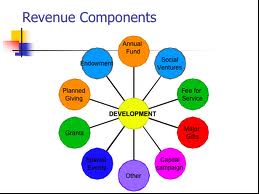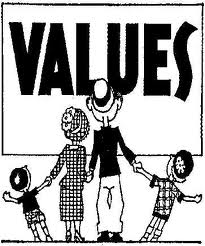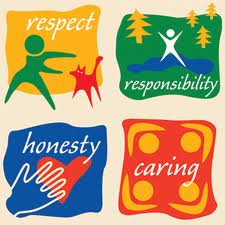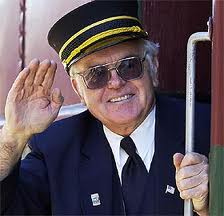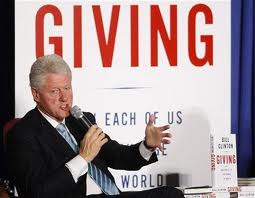 Welcome to non-profit special event season. At least that is the case where I live. So, my partner and I have been making the rounds, and I thought I’d share some of the more unique special event ideas I’ve seen throughout the week. Today, we’re talking about The Larkin Center’s Sweetheart Auction fundraiser.
Welcome to non-profit special event season. At least that is the case where I live. So, my partner and I have been making the rounds, and I thought I’d share some of the more unique special event ideas I’ve seen throughout the week. Today, we’re talking about The Larkin Center’s Sweetheart Auction fundraiser.
I must admit upfront that I’ve never seen a non-profit fundraiser quite like this one; however, a Google search reveals that this event is a little more common than you might think. Regardless, it is very hard for me to put it into words. For this reason, I thought it best to simply provide the language provided in the event program from that evening:
“The Sweetheart Auction includes a variety of activities, including a live auction for date packages. Each date package is represented by an eligible single. Bachelors and bachelorette are community volunteers who have agreed to appear in the event on behalf of The Larkin Center. Bidding is for the entire date package and can be bid on by any of our guests with a bidding paddle. Each package includes dining certificates and tickets to an entertainment venue. People appearing in the auction are representing the date package only and are not required to participate in the date package.”
 On the ride back south, my partner and I talked about what we saw, and I thought you might want me to share (please note that this is just the facts ma’am):
On the ride back south, my partner and I talked about what we saw, and I thought you might want me to share (please note that this is just the facts ma’am):
- We purchased our tickets online via the agency’s website and were redirected to PayPal. An email was sent after completing the transaction informing me that my credit card had been billed. I received my two tickets at the door upon check-in and was asked to provide whatever contact information I felt comfortable giving the agency at that time (e.g. address, phone, email).
- As with most non-profit fundraising events, there were many different revenue streams associated with the event. There were sponsors with ads in the event book. There was a silent auction that complimented the actual “sweetheart (live) auction”. There was even a heads-or-tails raffle.
- One free alcoholic drink was offered to those who showed up during the first hour that the doors were open.
- I saw a number of paid staff in attendance and working the event (e.g. check-in, bouncer, accounts reconciliation, possibly even someone in the auction, etc)
- There weren’t any pictures of kids or mission-focused factoids. However, the absence of kid pictures could probably be attributed to HIPPA laws. There might have also been a decision to downplay mission-moments due to the adult-nature of the evening.
- There was a disc jockey (are they really still called that nowadays) and dancing after the auction.
- There were 10 bachelorette who got up on stage and “encouraged” bidding on a variety of date packages. There were also six bachelors who did the same (albeit with more machismo and gyrating).
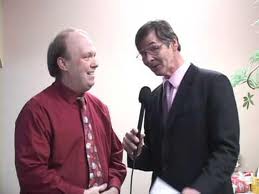 Those were just the facts, ma’am. So, I bet many of you are probably wondering if I did any bidding. Well, I cannot tell a lie. I did bid on two of the available Bachelors. I even won both of those bids. One beau is none other than the almost-famous Jason Pawlowski, who is the Promotions Coordinator for Downtown Neighborhood Association (DNA) in Elgin, Illinois.
Those were just the facts, ma’am. So, I bet many of you are probably wondering if I did any bidding. Well, I cannot tell a lie. I did bid on two of the available Bachelors. I even won both of those bids. One beau is none other than the almost-famous Jason Pawlowski, who is the Promotions Coordinator for Downtown Neighborhood Association (DNA) in Elgin, Illinois.
If you can keep a secret, I have already been in contact with Jason and plan on taking him and his boss Tonya Hudson out on a lunch date in mid-March. Shhhhh! Please don’t tell my partner and the love of my life. AS you might guess, John is the jealous type.
Ok, ok, ok . . . truth be told, I did buy Jason … errrr . . . I mean to say that I purchased the AWESOME Chicago Blackhawks game package that he represented, but the mid-March lunch date is simply my attempt to slip Jason and Tonya some of my new business materials. 😉
So, this week I’m trying something different. Rather than spell out what I think the “lessons learned” and “best practices” (or not so best practices) are around special event fundraising, I thought I’d turn that opportunity over to you. What struck you as interesting? What takeaway lessons do you see? What best practices were used? Did anything about this event make you nervous? If you’re intimidated and don’t want to critique a fellow agency, please feel free to share best practices (or lessons learned) that your non-profit agency uses during the implementation of your events?
Please scroll down and use the comment box found below to answer any and all of the these questions.
Here’s to your health!
Erik Anderson
Founder & President, The Healthy Non-Profit LLC
www.thehealthynonprofit.com
erik@thehealthynonprofit.com
http://twitter.com/#!/eanderson847
http://www.facebook.com/eanderson847
http://www.linkedin.com/in/erikanderson847







